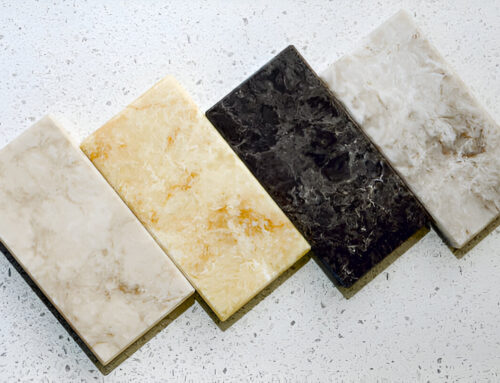Quartz Market Size is one of the most versatile minerals, used in various industries such as construction, electronics, and jewelry. With increasing demand, the quartz market is expected to grow significantly. By 2031, experts predict substantial market expansion due to technological advancements and rising industrial applications. Let’s explore the key trends, market size, and growth opportunities shaping the future of the quartz industry.
Understanding the Quartz Market
Quartz is a naturally occurring mineral composed of silicon and oxygen. It is widely used in different industries, including:
- Construction: Used in countertops, flooring, and wall cladding.
- Electronics: Essential for semiconductor and optical fiber manufacturing.
- Jewelry and Gemstones: Found in watches, necklaces, and decorative items.
- Glass Manufacturing: A key ingredient in producing glass products.
Market Size and Growth Projections
According to industry reports, the quartz market is expected to experience significant growth by 2031. Key factors influencing this expansion include:
1. Rising Demand in Construction
The growing real estate industry is increasing the use of quartz in countertops, tiles, and flooring. Engineered quartz, known for its durability and aesthetic appeal, is becoming a popular choice among homeowners and builders.
2. Advancements in Semiconductor Technology
Quartz plays a crucial role in semiconductor manufacturing. With the rapid growth of artificial intelligence (AI), 5G technology, and smart devices, the demand for high-purity quartz is rising.
3. Growth in the Solar Energy Sector
Quartz is used in the production of solar panels. As the world moves towards renewable energy solutions, the demand for quartz-based photovoltaic cells continues to grow.
4. Expansion of the Jewelry and Luxury Goods Market
The fashion and luxury industries are driving the demand for high-quality quartz gemstones. With increasing disposable income, consumers are investing in quartz-based jewelry and decorative items.
5. Increasing Use in Industrial Applications
Quartz is widely used in the automotive, aerospace, and healthcare sectors. From precision instruments to specialized coatings, its versatility makes it an essential material in modern industries.
Market Challenges
Despite its strong growth potential, the quartz market faces several challenges:
- Raw Material Supply Constraints: Mining and processing high-purity quartz can be expensive and resource-intensive.
- Environmental Regulations: Stricter environmental policies may impact quartz extraction and processing industries.
- Market Competition: With multiple suppliers entering the industry, pricing and availability could fluctuate.
- Processing Costs: Advanced refining techniques are required to produce high-purity quartz, increasing production expenses.
Future Trends and Opportunities
The quartz market is set to experience exciting developments in the coming years:
1. Sustainable Quartz Production
Eco-friendly mining and processing techniques are being adopted to reduce environmental impact. Companies are investing in green technologies to ensure sustainable quartz production.
2. Advanced Manufacturing Techniques
Innovations in quartz engineering will enhance the quality, durability, and performance of quartz-based products. This includes improved surface treatments and enhanced resistance to heat and chemicals.
3. Growth in Emerging Markets
The Asia-Pacific region, including China, India, and Japan, is expected to drive market growth. Rapid urbanization and industrial expansion are fueling demand for quartz in construction and electronics.
4. Customization and Personalization Trends
Consumers are looking for unique and customized quartz products, particularly in interior design and jewelry. This shift is encouraging manufacturers to offer personalized solutions.
Conclusion
The quartz market is poised for strong growth, with its value and demand increasing across multiple industries. By 2031, factors such as advancements in technology, rising construction activities, and renewable energy adoption will shape the market. While challenges exist, innovation and sustainability efforts will help drive the industry forward. Whether in electronics, construction, or jewelry, quartz remains a valuable and essential material for the future.






Leave A Comment